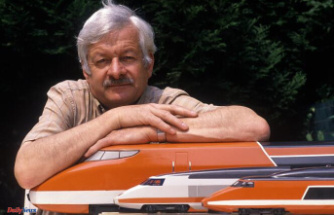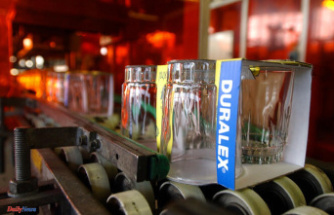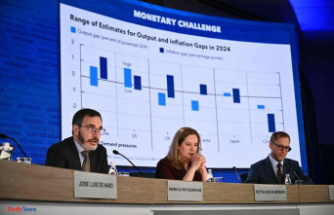he Was touched on his beginnings as an artist, told Christo is almost always the story of the Orient Express. There are probably a half-dozen variants, but the core is always the same and plays in Stalinist Bulgaria at the beginning of the fifties. As the art student Christo Vladimirov Jawatschew was summoned to the route of the famous train in its Bulgarian section has sailed. The Regime didn't want to believe the passengers from the West, blooming landscapes, and art students how he had to instruct the farmers to place such as tractors, combine harvesters and other machines are, in order from the window of the train considered the Illusion of a dynamic, mechanized agricultural society develops. Every weekend we have arranged at the railway embankment to the corresponding images, said Christ. Evil may have been, but the experience had him come useful later, because he had not only developed early a feeling for the space, but also to deal with people, learned, interested in art one Iota. I helped him often.
Michael Martens
a correspondent for Southeast European countries with headquarters in Vienna, Austria.
F. A. Z. TwitterAbout his youth in Bulgaria, Christ has spoken in Interviews rarely by itself, but if you asked him, was he anything other than closed. Then, it became clear that and how he looked at this time as formative for themselves. Christ then told often by his mother, who had been as a young woman, a strong from the Bolshevism embossed revolutionary and temporary General Secretary of the Bulgarian artists ' Union. Their large library of Russian avant-garde literature and reproductions of Soviet art of the twenties he had already discovered as a child. As he began to study, had been replaced with the euphoric Soviet departure, of course, long of the aesthetic Wasteland of the heritage of socialist realism. "I threatened to suffocate in this world of indoctrination and stupidity, in which art had only the one purpose, to glorify the proletarian Revolution," said Christ to his escape to the West once more. First of all, he left Bulgaria in 1956, gen Prague (where things could hardly be better stood), in the following year, he fled via Vienna, in Switzerland.
A curtain for the wall
With Bulgaria, he had completed. What happened now in the country, no longer interested him. As of 2001, the former Tsarevich Simeon II, returned after decades of exile in Triumph back to the head of government was elected, was his concise comment only: "Bulgaria is a strange country." At the same time, he always emphasized how crucial and to change the youth have dominated in Stalinist Bulgaria his later work – if you asked him. Christ even claimed that without this influence of his in Germany best-known work, arose Reichstag concealment of 1995, never would be. In a conversation with the author, he has described in 1994, as its Eastern European refugee biography have led to the idea of a veiling of the Reichstag building: "It was mainly personal reasons that drew my interest to the Reichstag, and me not have to remember to let to want the British or the French Parliament building cover. This has mainly to do with my fear and with all my bad feelings that I carry as a refugee from Eastern Europe with me. My existence as an artist, I owe the fact that we had a cold war.“
Date Of Update: 12 June 2020, 08:21











